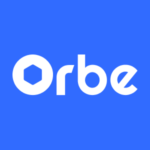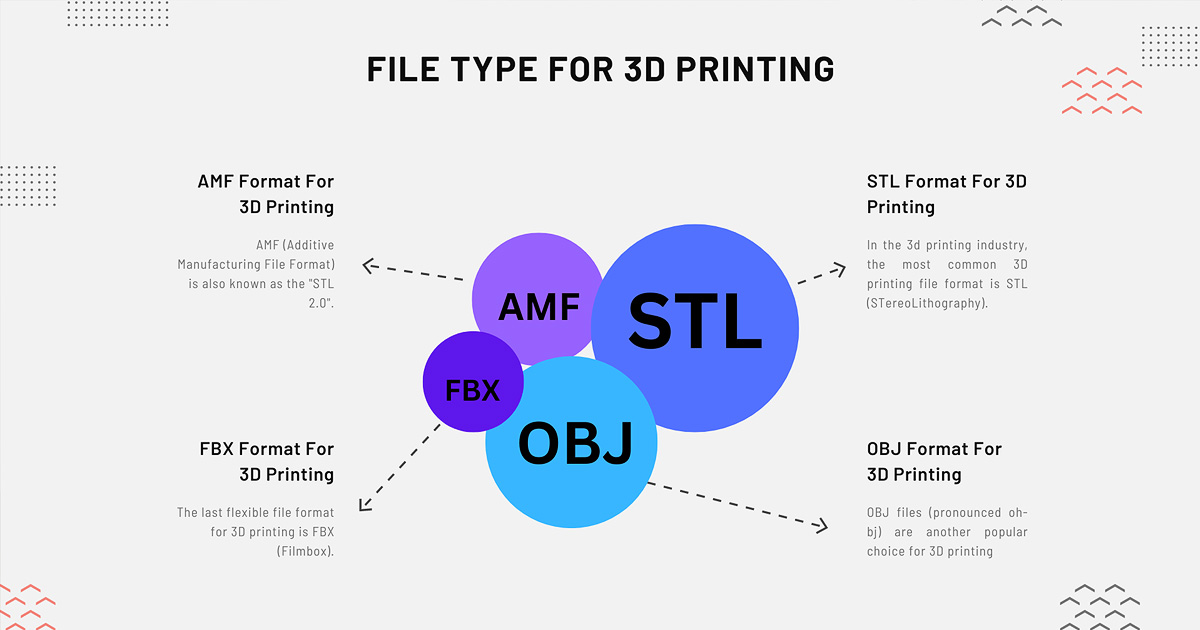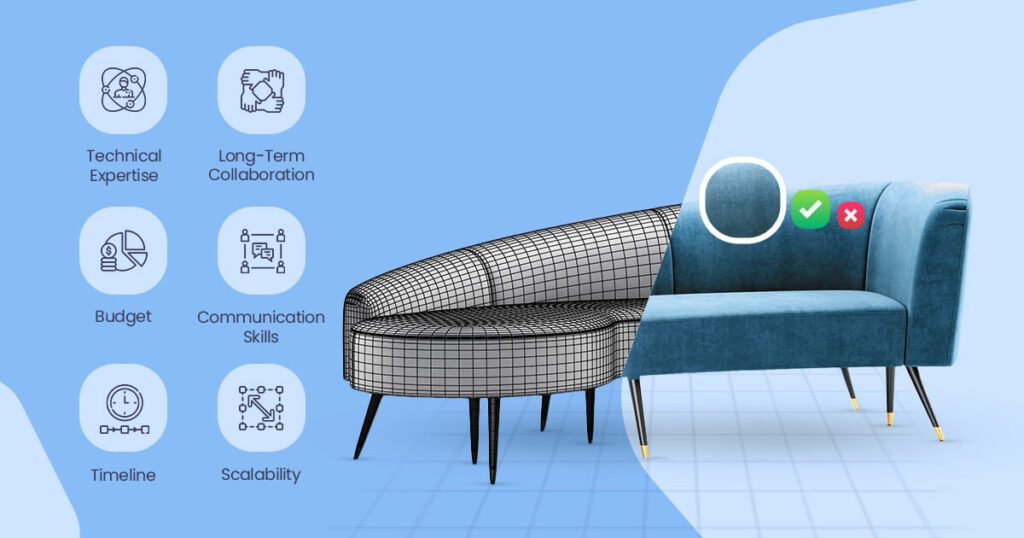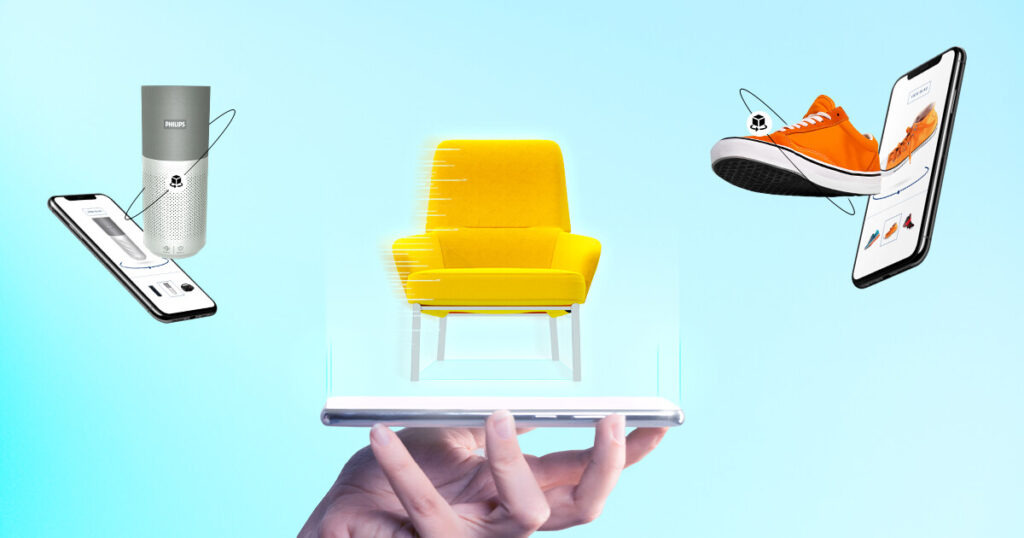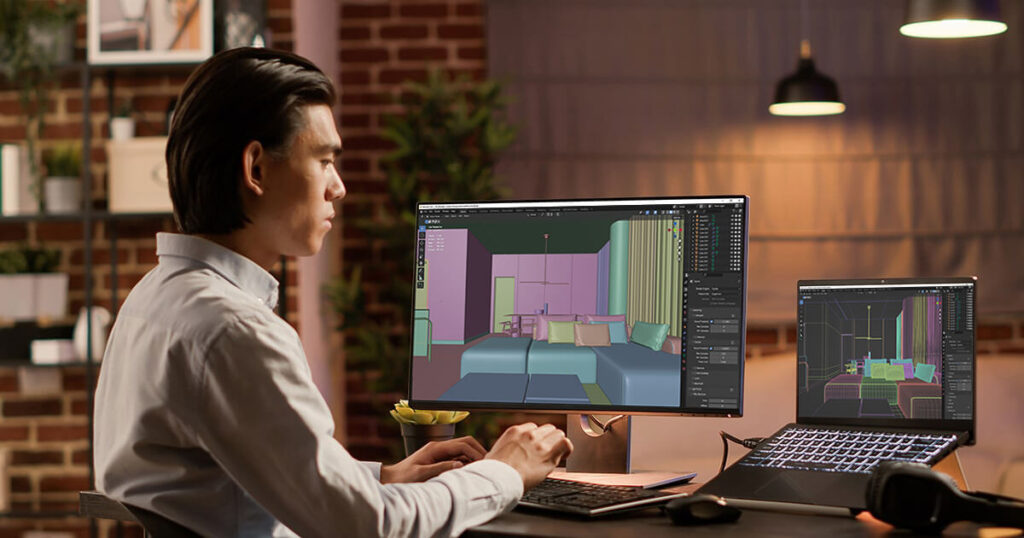There is various file type for 3d printing in the 3D printing industry. After finishing the 3d models, there is one important step is that choose the right file type for 3d printing. 3D printers always rely on specific file formats to print your digital 3d models into a physical product or object. There is one question heads up, which files are used for 3d printers?
In this blog post, we’ll break down the most common 3D printing file types, helping you pick the perfect one for your physical object.
What Are The 3D Printing Files?
3D printing files are common 3d file formats kept to store the details of 3D models of the object in a way that a computer can understand. The details include the object’s information and shaping, like typology, surface texture, dimension, and structure. Not all formats can save all the information. You have to choose the perfect file type for 3d printing so that the computer can store the exact information and recreate the physical object or product based on 3d models.
3D printing file formats are used throughout the whole printing process, especially during 3d model creation. After 3D models are created in CAD or 3D software, the next step is to choose a file format to save your work on the computer. Many 3D printers require different 3D print files and choosing the right format should be based on the specific needs of your objects. The most common file formats include STL, OBJ, AMF, 3MF, PLY, etc.
File Type For 3D Printing
There are more than 6 types of 3D printing files available, and each has its specialty, advantages, and applications software. In this section, we will provide brief information on the common 3d file formats you’re likely to use for 3d printing and what they should be used.
STL
In the 3d printing industry, the most common 3D printing file format is STL (STereoLithography). It is supported in the majority of 3D CAD software. The STL file format mainly shows an object’s or product’s shape. They do not store details about the product’s or object’s color, texture, or other elements beyond the object’s geometry. However, they are widely used in prototypes and projects that focus on complex object’s shapes over texture or multiple colors. This format right file type for 3d printing.
OBJ
OBJ files (pronounced oh-bj) are another popular choice for 3D printing, alongside STL. They’re like an upgrade because they can store more than just basic shapes. OBJ files can hold information about an object’s textures, like colors and patterns. This means you can print objects that look amazing, with all sorts of cool details. The only catch is that OBJ files can’t be used to show spinning animations of your creation. But hey, they’re still compatible with a ton of 3D printers, just like STL files. This one is also the right file type for 3d printing.
AMF
AMF (Additive Manufacturing File Format) is also known as the “STL 2.0”. It supports multiple product materials and more colors, addressing the limitations of STL and OBJ formats. The AMF file format also accepts the creation of more complex geometric structures. Thereby AMF offers higher design flexibility making it ideal for projects that feature details, texture, multi-color, and -material designs. This one is good for file type for 3d printing.
Nevertheless, it’s worth noticing that the AMF file may not be as supported by 3D modeling and printing software as STL and OBJ. Also, it keeps more data and produces a larger file size than the other two files.
3MF
3MF (3D Manufacturing Format) is a multipurpose file type for 3D printing known for its ability to keep a wide range of data, including ownership information, and copyright details. This is worthy of protecting intellectual property. Therefore, 3MF gained wide 3d printing industry support. Besides, it allows users to store essential project-related information within the file itself. These are amazing pros for the 3MF file format.
However, 3MF files are not fully supported by all 3D printers and software. Also, it keeps much more information, resulting in a large file size.
PLY
PLY (Polygon File Format) is known for its versatile 3D printer file format. It is used to store 3D models composed of polygons. It can keep color and texture information, making it flexible to various software. It’s very simple and easy to use for 3D modeling and printing. This format easy file type for 3d printing.
However, PLY format files may not keep highly complex geometric structures like some other formats like AMF. The size of PLY files can become large to keep the product’s detailed textures or high-polygon models.
FBX
The last flexible file format for 3D printing is FBX (Filmbox). It was developed by Autodesk engineers and it has gained more popularity, particularly in the gaming industries and entertainment industries. It can store not only 3D geometry but also much more like animations, textures, and scene information, making them ideal for complex projects.
However, there’s a bit of a catch. FBX is a private format owned by a big software company. This means some free 3D programs might not work with it as easily as the other formats we mentioned.
Choosing Your Right File Type For 3D Printing
- For everyday printing of simple objects, STL remains a reliable workhorse.
- If detail is your priority, OBJ offers a good balance between intricate features and compatibility.
- For projects requiring advanced features and keeping an eye on the future, 3MF is the way to go (if your printer supports it).
Ultimately, the best file type hinges on your specific project and printer’s capabilities. By understanding these common formats, you can ensure your 3D masterpiece comes to life exactly as you envision it.
